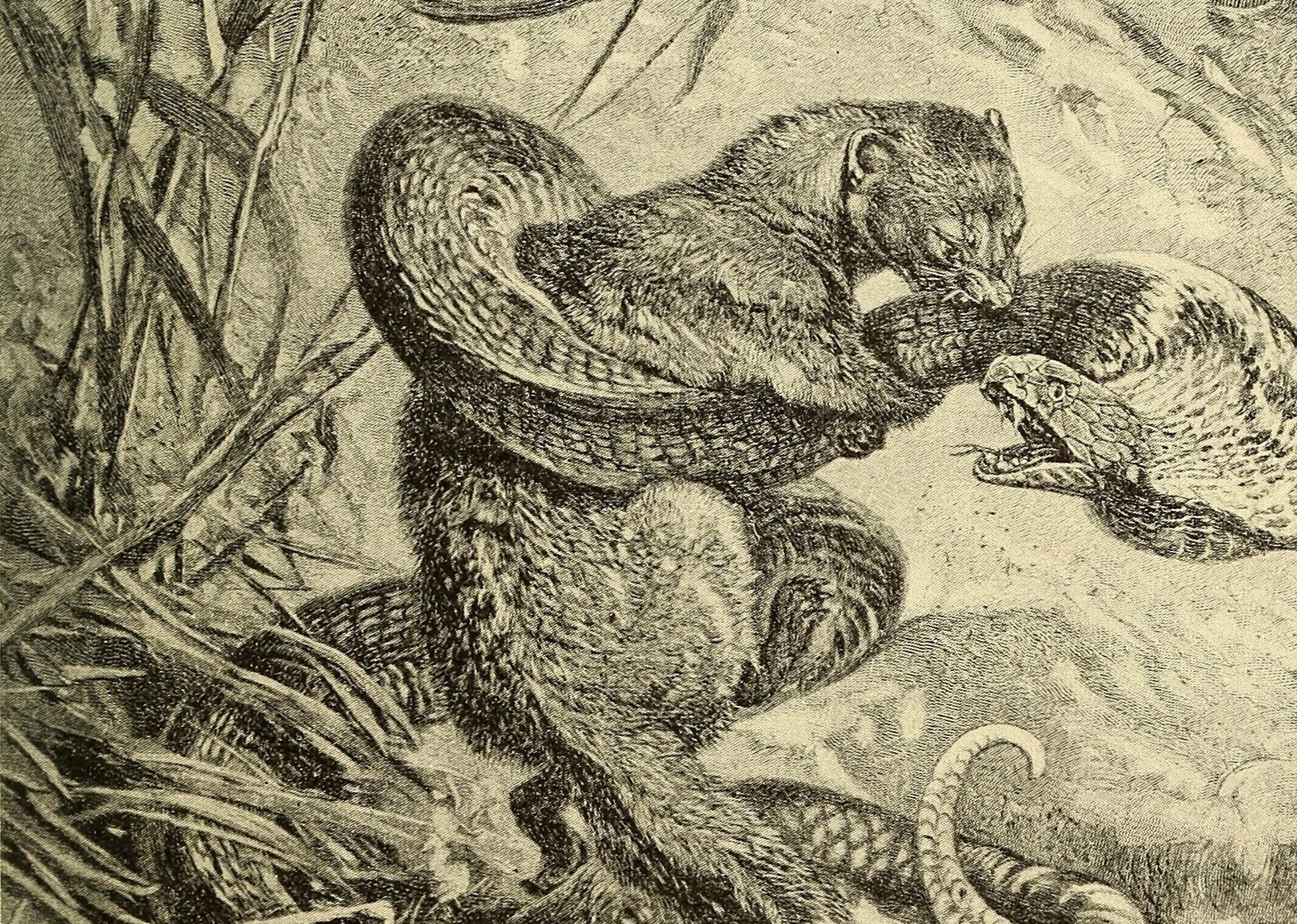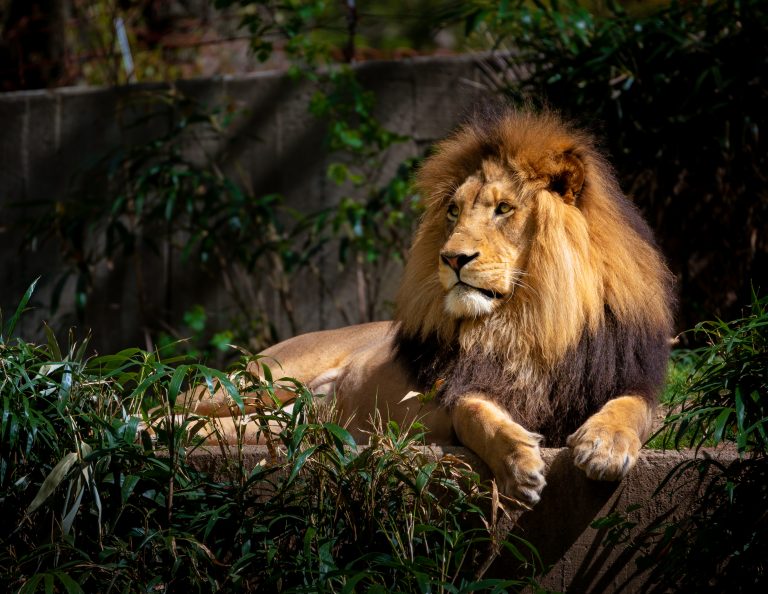Throughout the generations, storytelling has been one of the most effective and compelling ways to teach children good habits and moral concepts. This rings especially true in India, where traditional tales have been passed down for thousands of years to impart and preserve values for younger generations. In this series, we retell some of these traditional folktales to revive simple yet profound moral lessons that can enrich our lives today.
Continued from: Indian Folktales With Moral Lessons (Part III): Nothing Can Bend a Strong Will
Today’s selection of folktales teaches us how keeping a clear head can not only help us improve our character, but also prevent us from making irreparable mistakes. The first story is taken from the album of Jataka Tales – a popular collection of stories that illustrate the virtues of Gautama Buddha in his previous lives. The second story comes from the Panchatantra, an ancient Indian collection of animal fables.
The Power of a Rumor
There was once a hare resting under the refreshing shade of a banyan tree. Suddenly, a troubling thought came to its mind, “What would become of me if the Earth were to break into pieces?”
As it pondered the answer, a great rumbling noise filled the air, causing the hare to jump in fright. “It’s happening, the Earth is breaking apart!” the hare shouted, as he made a mad dash for his life.

Success
You are now signed up for our newsletter
Success
Check your email to complete sign up
Alarmed by his cries, other hares began to run with him. Thousands of hares raced through the jungle, spreading the imaginary calamity. The buffaloes alerted the elephants, and the elephants told the tigers, who in turn informed the monkeys. Before long, panic gripped the entire jungle.
The lion, who was watching the astonishing scene from atop a hill, rushed to stop the panicked masses. “What is the matter?!” he shouted, quieting the crowd with his powerful presence.
“The Earth is breaking into pieces!” a parrot asserted. Seeing no signs that the Earth was falling apart, the lion asked how he had come to such a conclusion.
The monkeys said they had been informed by the tigers, and the tigers said they had been warned by the elephants. The elephants had been tipped off by the buffaloes. Species after species, the animals traced the rumor back to its source: the hare.
When the tiger asked the hare why he thought the earth was breaking apart, the hare replied that he had heard the crumbling sound with his own ears. Upon investigation, the lion discovered that the rumbling sound had been caused by a heavy coconut falling on a pile of rocks and causing a small landslide.
The myriad animals felt ashamed for having blindly believed the rumor. The lion, always concerned about his fellow creatures, gave them a piece of heartfelt advice: Never believe, and even less so react to a rumor without first checking its veracity.
The Mongoose and the Brahmin’s Wife
In a village in India once lived a Brahmin – a man who belonged to the caste of spiritual masters in Hindu society – and his wife. The couple had a healthy baby boy and lived very happily together.
One day, thinking of his son, the Brahmin began to consider buying a pet – a loyal animal to not only protect the child, but also be his companion. After sharing the idea with his wife and securing her support, the Brahmin scoured the village in search of a furry friend for his boy.
Later that day, the Brahmin returned home with a mongoose in his arms. His wife was somewhat taken aback by the odd choice of pet, but she had no option but to accept it as a member of the family. She didn’t quite trust it, however, and she never dared to leave her child alone with the mongoose.
One day, the Brahmin and his wife had to leave the house for a whole day to work in the fields. They were slightly hesitant, for it was the first time they would entrust their child to the mongoose. However, they were very devout and, after raising a prayer to the Divine, they departed with their hearts at ease.

Soon after they left, a giant cobra entered the home. The mongoose, determined to fulfill its duty, stood in front of the child’s cradle to face the venomous snake’s attack. The snake struck, but the mongoose was quick; and after a savage struggle, the loyal pet won the battle.
The parents heard the commotion from the fields and rushed back home. When the victorious, yet exhausted mongoose heard them approaching, it made an effort to greet them at the doorway.
The Brahmin’s wife opened the door, and, upon seeing the mongoose bloodied from battle, instantly assumed it had harmed her child. Driven by emotion, the hasty woman threw a heavy box on the mongoose – taking its life, without even checking on her son.
When she discovered her son sleeping peacefully in his cradle and the lifeless snake on the floor, she understood she had made a grave mistake. Sorrow and regret filled her heart; and she wished she had taken the time to think before acting.
From that day on, the woman learned to listen and observe attentively, and to keep a clear head under all circumstances. She understood that when deciding how to act, one must use reason rather than emotion.















